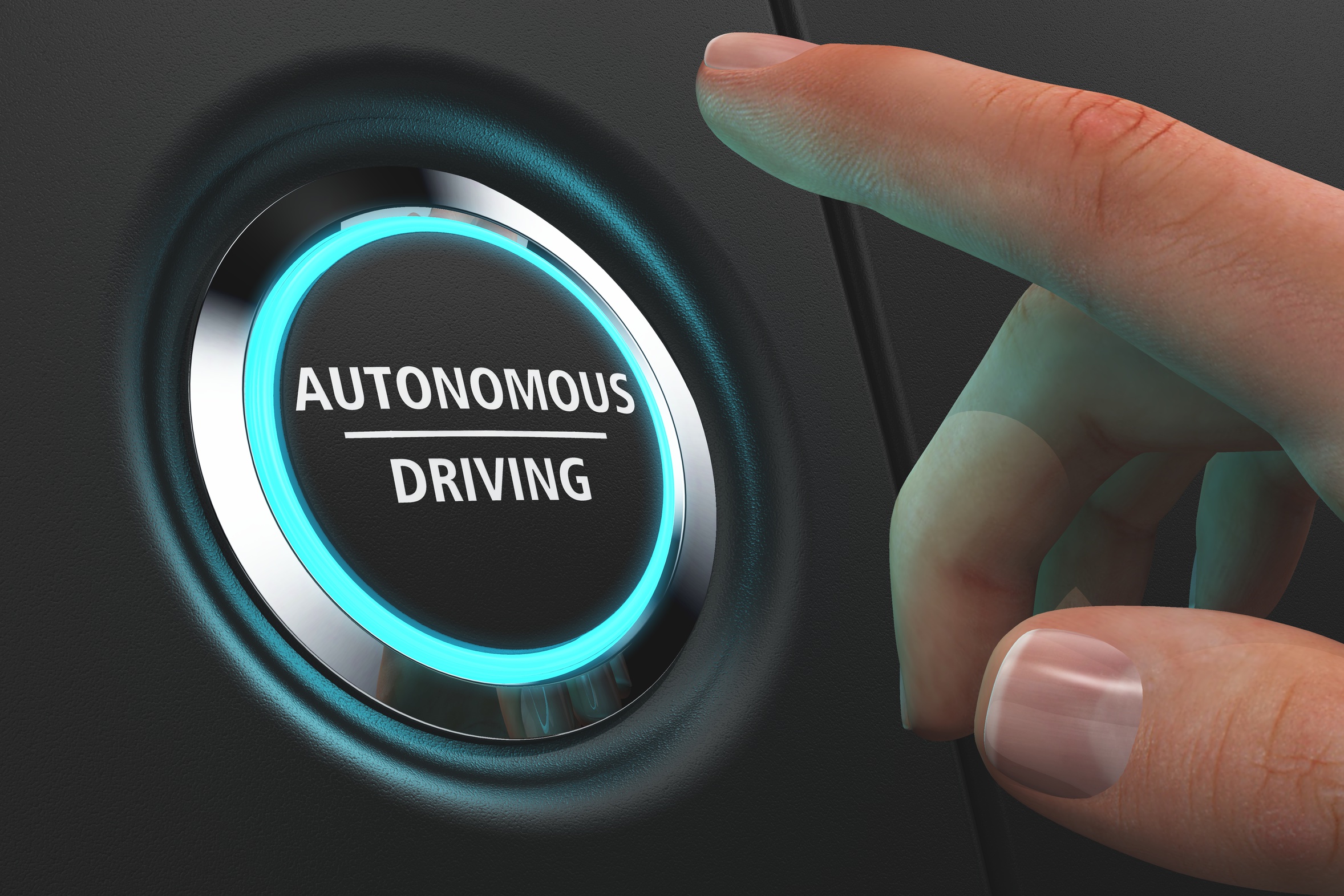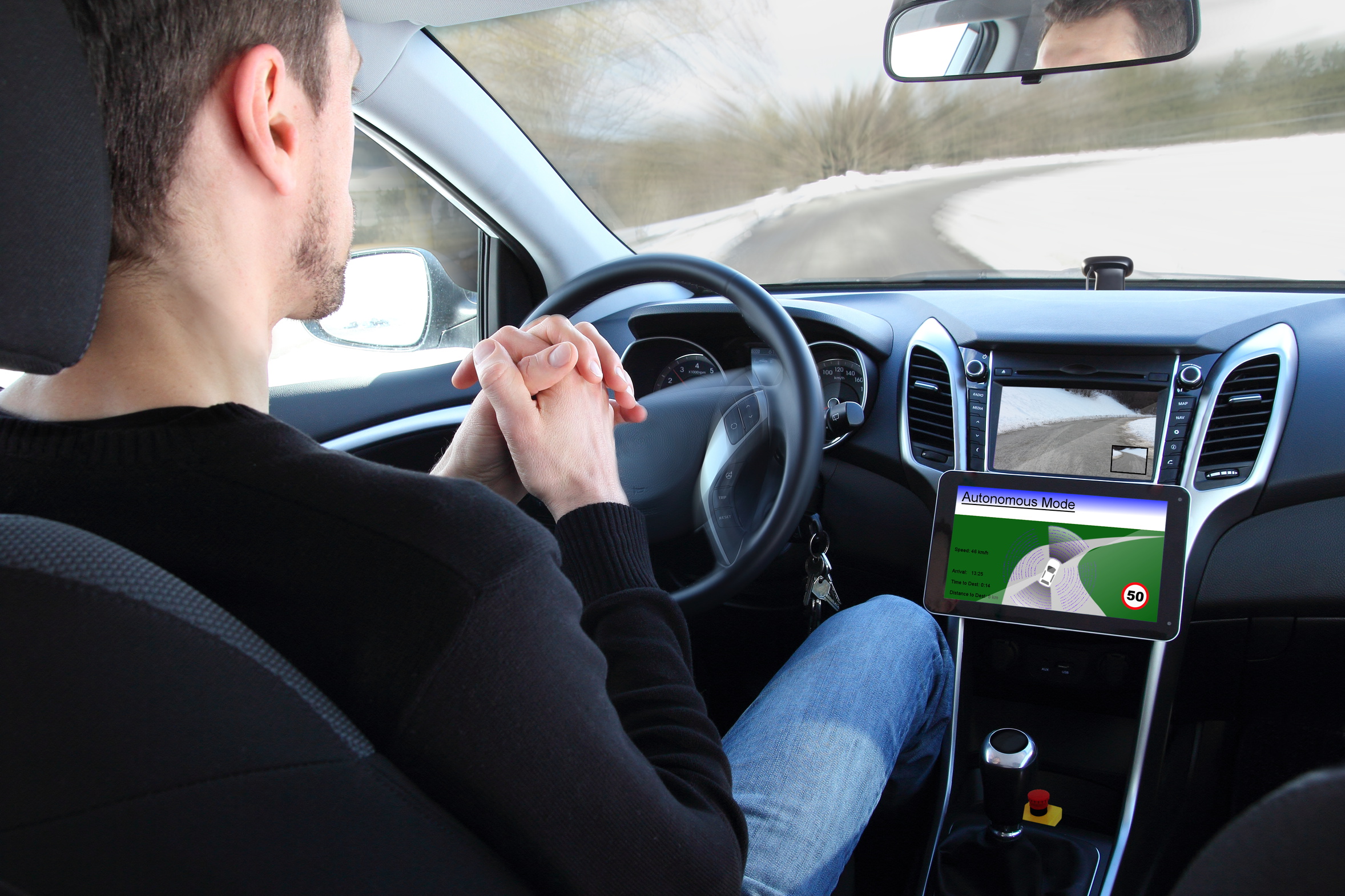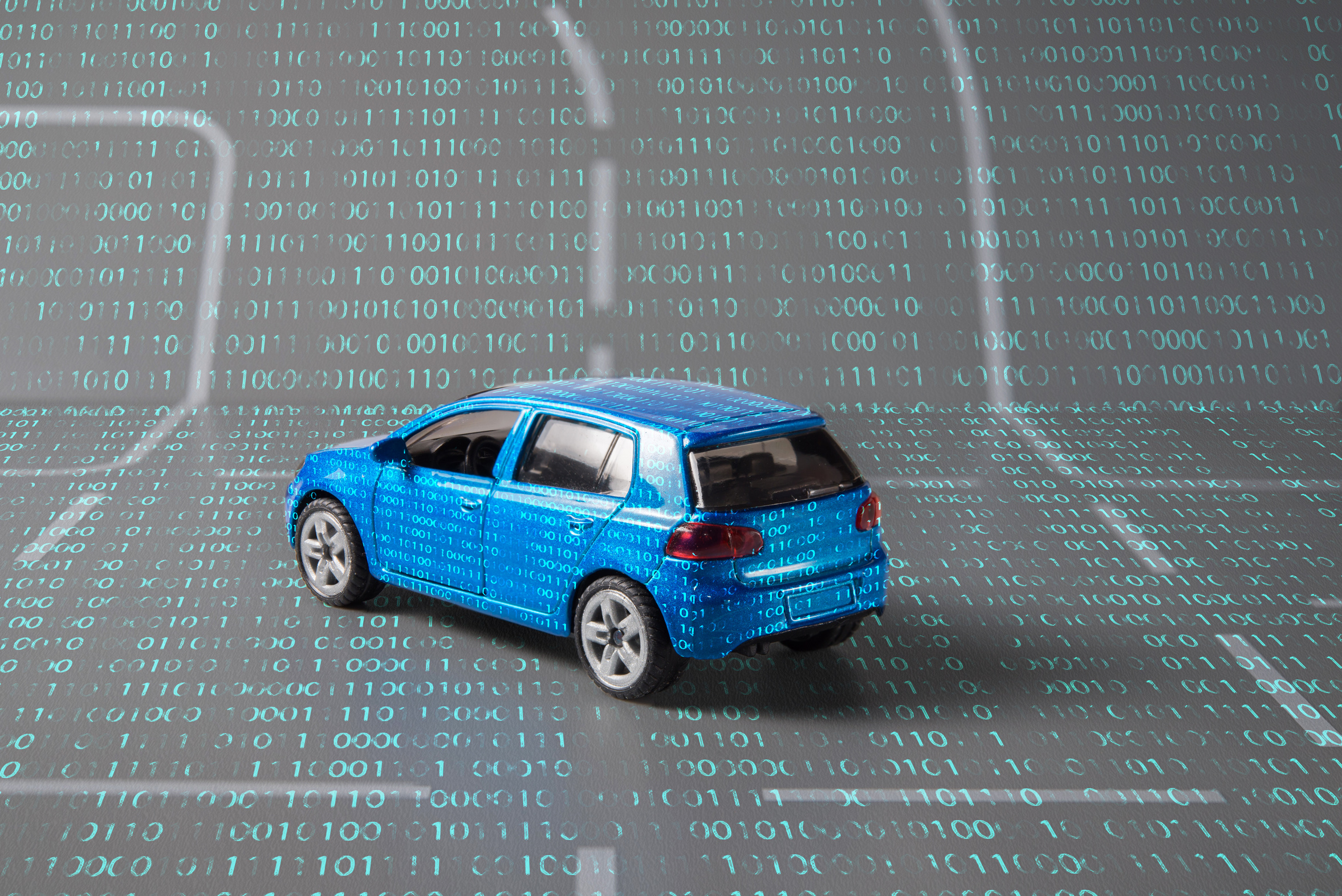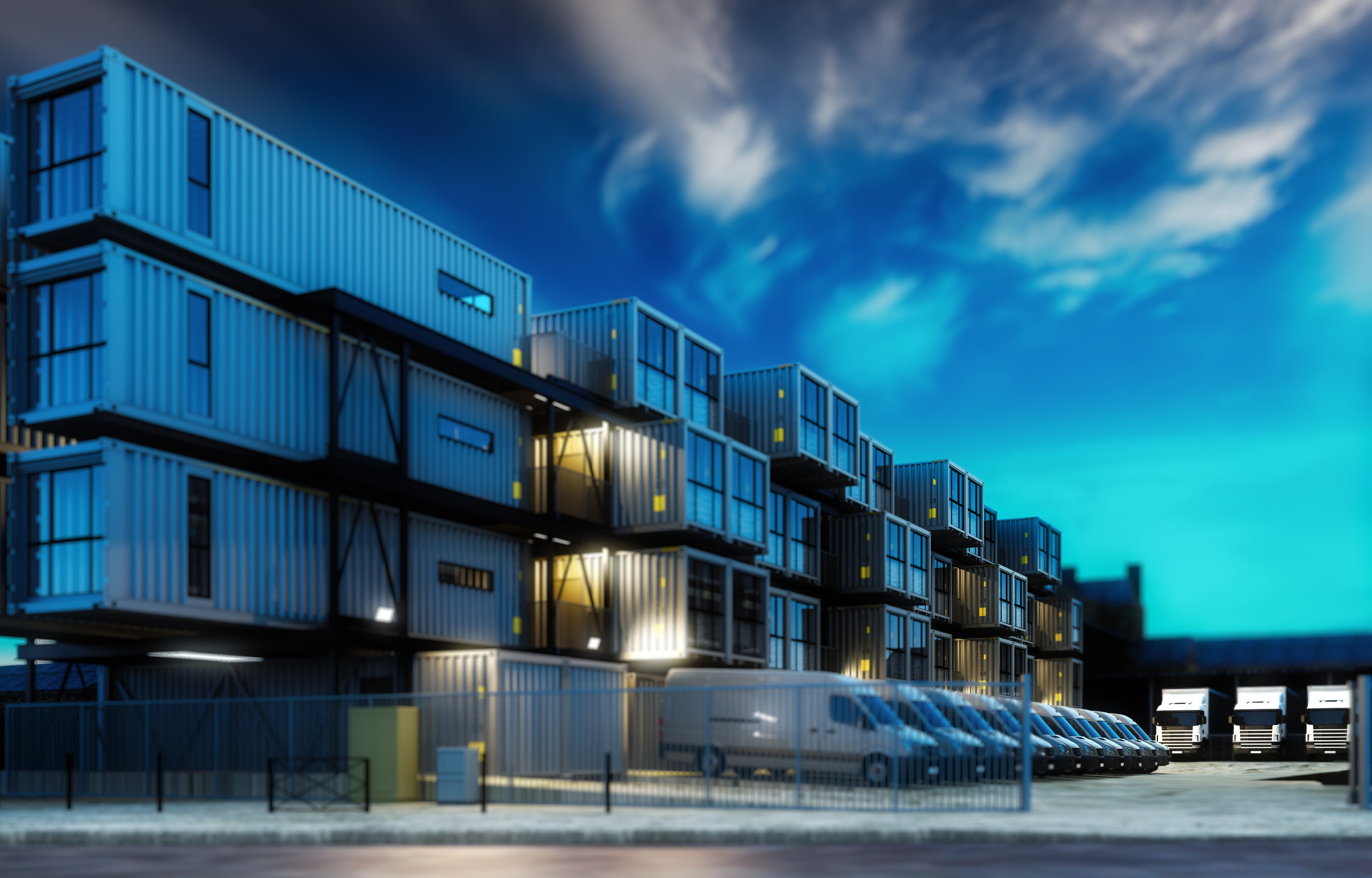Highly automated driving and increasing digitalization lead to an increasing availability of internal and external data and hold great potential for the mobility of the future. This data can be used to make predictions and trigger measures: for example, when the real-time driving logs of a company-wide networked truck fleet can be used to organize the transport of goods for collection, when weather and traffic data provide indications that a delivery might be delayed, or when cars help to avoid accidents using intelligent sensors. To be able to use these forms of mobility in the future requires the right technologies and data as well as the right connection between them. It is not enough to simply collect this data; it needs to be analyzed and selected, interpreted, optimized and then used. And this needs to be done for a large number of processes, often in real-time! In the future, it will be more and more important to choose the right technology to connect selected information from complex infrastructures in a given time to generate value added.
The following topics present a selection of the relevant work and research topics of Fraunhofer People Mobility.
 Fraunhofer-Allianz Verkehr
Fraunhofer-Allianz Verkehr



